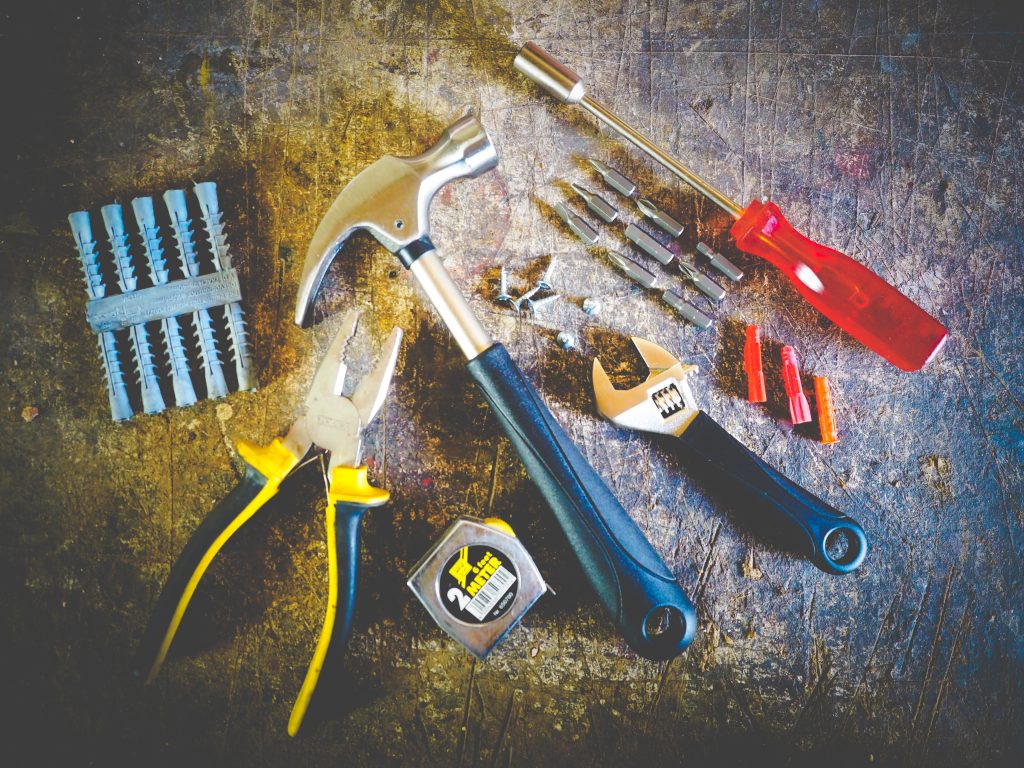At the beginning of the year, I completed the first module of my Masters: Online Teaching: Accessibility and Inclusivity.
Throughout the course, we were encouraged to write weekly reflections. Here is a very much abridged but still long write-up of my key takeaways from the course.
Disclosing disabilities
Some students are happy to talk freely about their disabilities. Others prefer to keep it private, or don’t necessarily identify as disabled, meaning they won’t benefit from available support. One way to help with disclosure is normalising the conversation around disability and needs. In terms of concrete action: before a student signs up to a course they should have discovered:
- The course access policy
- What technology is used in the course
- How the course is already accessible (e.g. subtitles, automated transcripts, etc)
- What students can expect to do during the course.
That way, when you include the question ‘Do you have any additional needs to help you access this course?’ at least they might have an idea of the answer.
Accessibility checklist
Sadly there is no accessibility checklist. Rather accessibility is a process, it needs constant review and iteration. Likewise, it can’t be done by one person or one team, rather it needs to be organisation wide, and across the whole student lifecycle. In my context, that means thinking about marketing, queries, application, registering, before starting, starting, live training, online learning, 1:1 support, assessment, marks, feedback forms, profiles, future engagement. This point really spoke to me and made me remember that there is more to accessibility than the time spent learning.
Having said that the Web Content Accessibility Guidelines (WCAG) does provide a checklist for web accessibility. Easy Checks is a great place to start with implementing WCAG if you’re not a technical person.
Multiple means of engagement, representation, action and expression.
This is a phrase that seems to keep rattling around my head. It comes from Universal Design for Learning (UDL) and essentially means have lots of options of accessing and consuming learning, so students can pick what works for them. So for a written assessment, consider can it be spoken and or written? In an assessment I’ve just submitted (which I will link once I get the grade back), I designed a reflective assessment that could be written, spoken, video content or presentation. For an interactive whiteboard activity, have a backup Google Drive version in case anyone has access issues. When answering a question, allow students to take notes any way they like, or even just in their head. The key to multiple means is not prescribing a set way.
Presenting lots of alternatives also means that you won’t have to change the whole design when you have a learner with a specific need (I learnt this the hard way before this course with a visually impaired student). Offering a “special” version for just one student can patronise them and make them feel isolated.
On the flip side, if you know you have a student with additional needs, don’t try to design just for that individual, because you’ll possibly make something less accessible to other learners. For example, if you know you have a student who will use the 400% zoom to see what’s on the screen, you may be tempted to use the highest resolution images. But you need to balance that need up with others who may have low bandwidth or small data packages.
Asynchronous conversation
I want to explore making more of asynchronous conversation in my courses. Because timing. Synchronous can be limiting as everyone has to be there at a set time. I’ve had participants had to drop out due to sick children, connection issues and one because their “brain fog” was so bad they just couldn’t stay. Also, I’ve had participants refuse to speak because of concerns about their level of English and I know that some have found it hard to keep up either due to language or because they are reliant on captions/stenographers and there is always a lag. Users of assistive tech in particular need more time.
My concern with asynchronous is that it is not as effective. Conversational learning (or asynchronous discussion) is most effective when many voices are heard and many points are raised. I think that if you’re going to go down this route, you really need to allocate an involved tutor to facilitate discussions where needed. Especially if students seem a little lost on the correct answers. This course didn’t quite live up to the expectation on this part, as by the end only four of us still contributing to the discussions.
(I think I need to write a whole separate post on this as there is so much I haven’t touched on here).
Specifically for visually impaired learners
Poet training tool for complicated alt text. I had never considered how to write alt text for a data visualisation before.
I will explain instructions, tables, mind maps in videos. Fuller transcripts with complete information for screen readers or voice overs. For screen shares with voice over consider how the voice over actually narrates what is happening, rather than being reliant on visuals. There’s also a great resource from the University of Washington about accessible videos.
Final words
My biggest overarching takeaway from the whole course is: keep accessibility at the forefront of design. Specifically make it learner-centred and consider disabled learners’ user stories.
Edit: Final Final words
I got my result back from this course: 87% distinction. Very happy.


